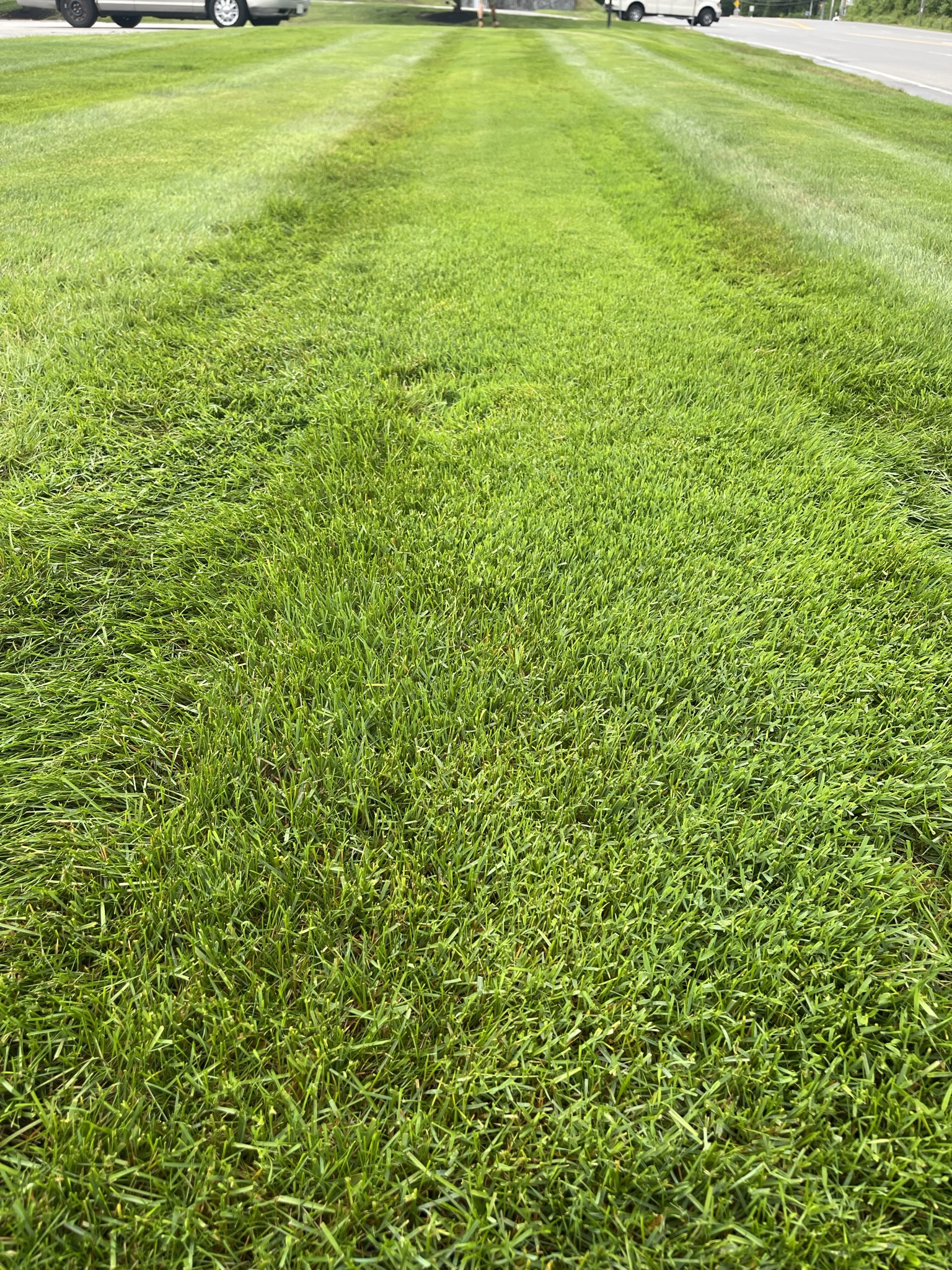Installing a New Lawn
- Home
- Lawns
Call Us Anytime
603-893-5021
There are three common methods for installing a new lawn: sod, hydroseed and hand seeding.
Hydroseeding is the most cost effective, although it will take up to two years to fully establish your lawn. Hydroseeding is the best drought tolerable choice. Once fully established, you can enjoy a lush green lawn for many years to come. For more detailed information, please visit our Hydroseeding section.
If you are looking for an instant lawn, sod is the answer, however, it is more costly. It is also almost impossible to hand water a newly sodded lawn, and we strongly recommend having an irrigation system if you are going to be installing sod, so that it has the chance to culminate properly.
Hand seeding is the least costly of the three methods, however, it doesn’t always take. It does require a straw covering to protect it from the elements and those pesky critters. And in the event of any act of God, such as severe rain, will most easily wash away.
We hope that the information provided will assist you in deciding which is the best route for you to take when installing your new lawn. You can always consult with a professional here at Nassar Landscaping & Irrigation, Inc. to further assist you and answer any questions you may have.
Choosing a Grass Seed
So you’ve decided to install a new lawn. Selecting the proper grass seed mixture is important. What you intend to use the lawn area for, and the amount of maintenance you’ll want to provide are two important factors, which should be considered before making the selection. There are mixes which are designed for play areas which are tough and durable grasses, a lush green lawn in the sun, or you may want a putting green in the shade. No matter what your needs, there is probably a ‘most appropriate’ seed mix for you. Nassar Landscaping & Irrigation can help you in your decision making process. So you have an idea of what types of seed are out there, we have provided some common types for your information.
Kentucky bluegrass germinates in 14 to 28 days. Grows well in full sun to part shade. Does not do well in hot exposures.
Fine-leaved fescues germinate in 14 to 21 days. Plant in early fall or spring. Grows well in full sun to light shade. Slower growing and more water efficient than tall fescue.
Perennial ryegrasses germinate in 5 to 7 days. Grows well in full sun to part shade. Does not do well in hot exposures.

